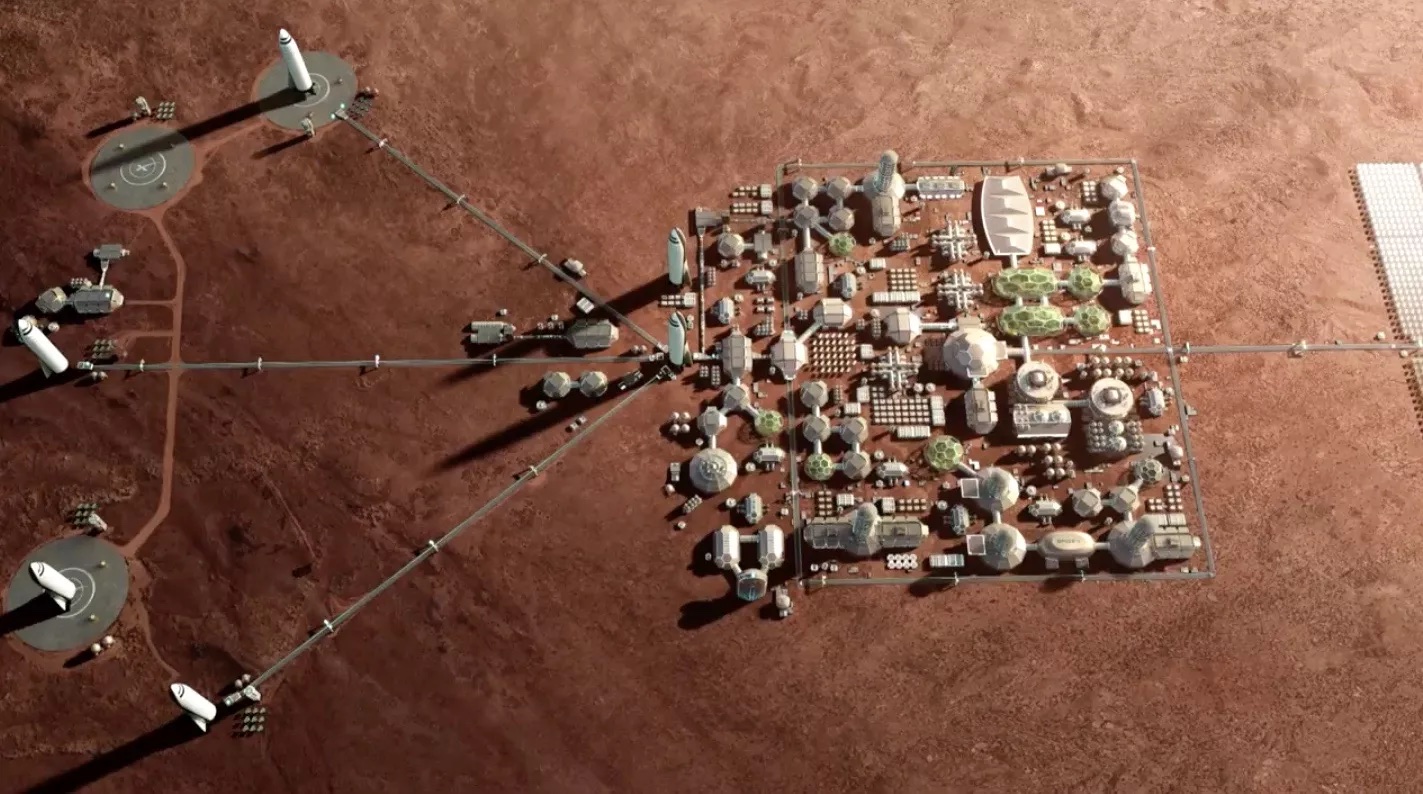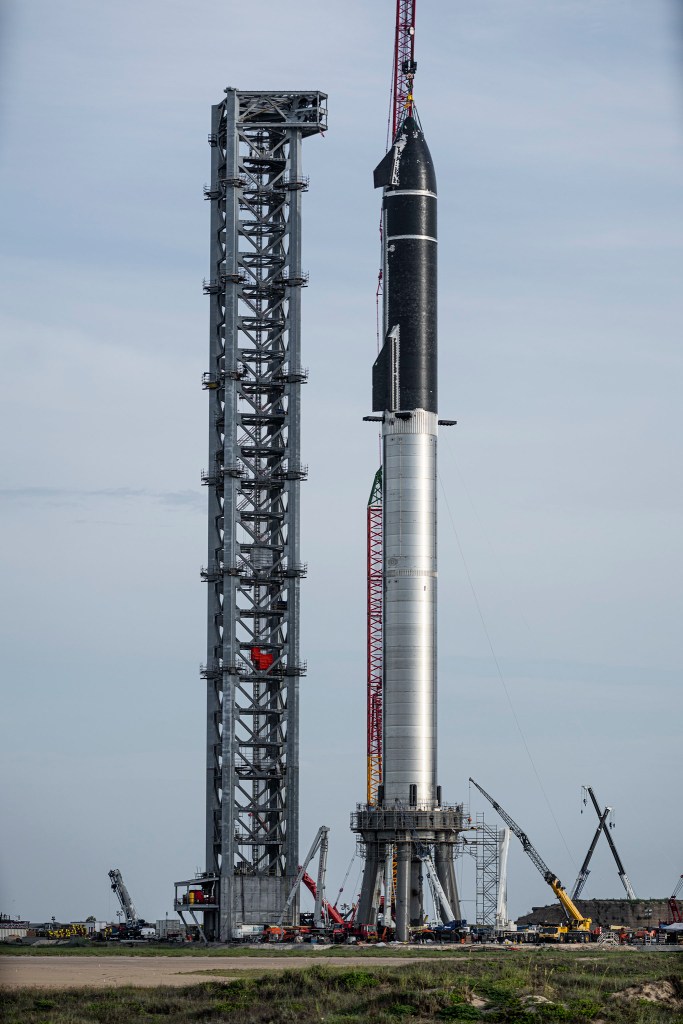
The race to developing a presence on Mars is long, but several players are already competing. From those who wish to explore and colonize the planet, Mars is a major focus more than ever right now. There are a few races happening to reach Mars with new technologies happening simultaneously. Which will be first is the question…
Who will be the first human on Mars?
SpaceX and NASA have been the leading forces for putting a human on Mars. SpaceX CEO Elon Musk is dead-set on making life multi-planetary. The mission runs through its employees, creating a determined workforce to do what many think is impossible. While Musk’s company has quickly become the frontrunner for the first mission to send humans to Mars, NASA could still play a part.
Since the Apollo Program of the 60s and 70s, NASA has gone through several resets of what its primary mission should be. The agency is tied to the will of politics in Congress and the presidency, meaning every four to eight years could bring significant changes to how NASA operates. Currently, NASA is focused on returning to the Moon with the Artemis Program, but Congress is still pushing to include Mars in the agency’s more immediate plans. In the recent NASA authorization act, currently being voted on in the Senate, Congress will require NASA to create a defined “Moon to Mars” program.

Even if SpaceX is the only one with a clear mission to Mars, NASA will most likely play a part. From shared research to funding, NASA and SpaceX have become an inseparable team in the modern era of human spaceflight. While private astronaut missions are solidifying into reality, NASA’s experienced and highly talented astronaut corps will likely be used to crew SpaceX’s first Mars mission.
There are no hard dates for when SpaceX will begin its first crewed mission to Mars, and Musk isn’t even sure he will be around to see it. He has said that it will never happen if they don’t start now. I wouldn’t be surprised to see test missions to Mars in the next decade as SpaceX builds out its Starship launch vehicle program.
NASA is occupied with Artemis Moon landings until the mid-2030s at least. The race to who will put the first humans on Mars will be slow but very exciting when missions lift off.
First commercial missions to Mars
The race to put the first humans on Mars isn’t the only Red Planet effort. So far, only countries have been able to send a mission to land on Mars, but another company is trying to change that. Relativity Space announced it was teaming up with a former SpaceXer’s company to launch a lander to Mars by 2024.
Relativity and Tom Mueller’s Impulse Space will team up to develop a launcher and lander for a mission to Mars. Relativity will provide its Terran R fully reusable, 3D-printed rocket that it’s developing to launch the lander made by Impulse.
Many find this idea crazy since Relativity is still working towards launching its first rocket, the Terran 1. The idea that they could develop a fully reusable rocket — something that SpaceX has spent the last three years doing — by 2024, and launch it to Mars may be farfetched. If they can, however, this would go down in history as the first commercial mission to Mars while most likely beating SpaceX at its own game. Watch this space.
While SpaceX may also be in the race, Relativity has said it’s not a competition. Instead, the company believes that more than one company needs to be determined to make life multi-planetary to have a chance of success. Only time will tell who will become the first to bring Mars into the commercial grasp like ISS has and the Moon is becoming.
FTC: We use income earning auto affiliate links. More.


Comments